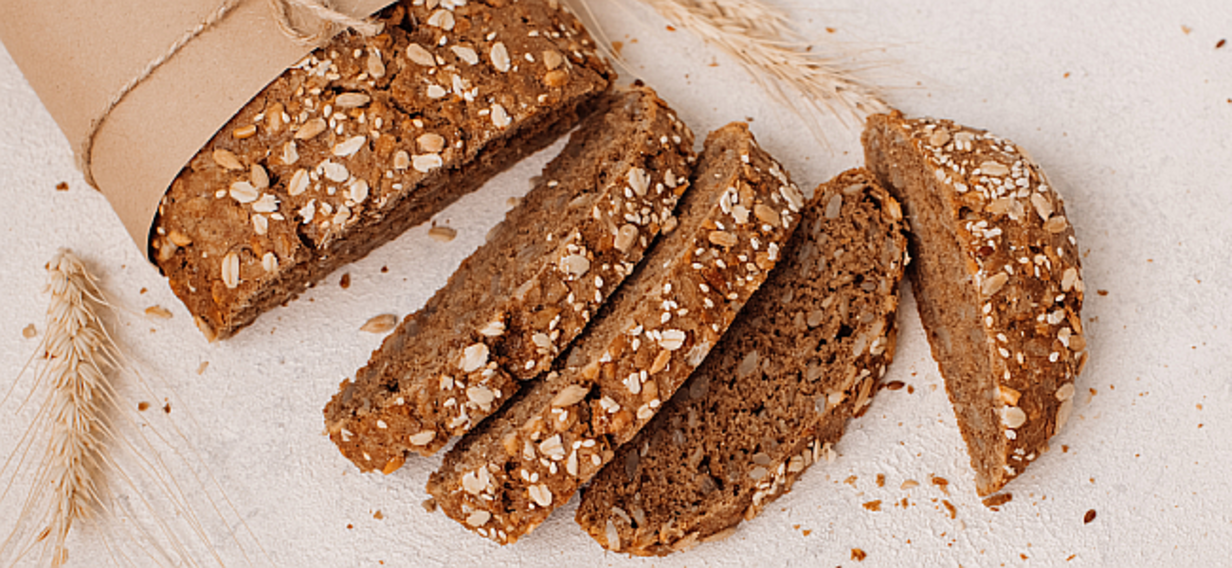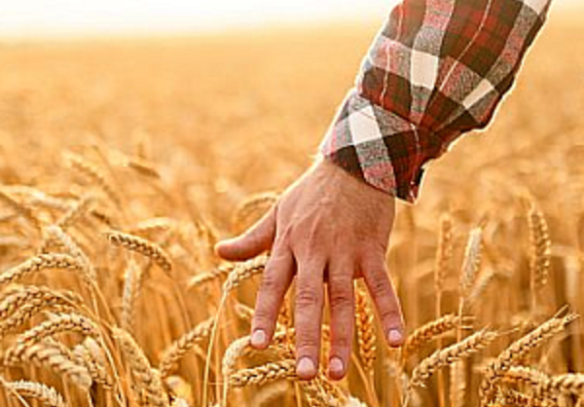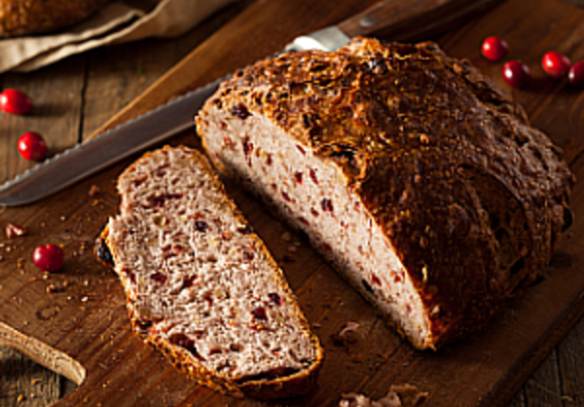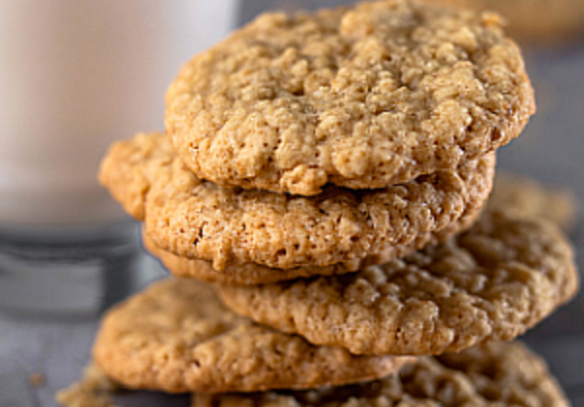
Baked-In Nutrition
The road to healthier baking is paved with clever ingredient swaps and we’re sharing one of our all-time favorites—using whole grains. We caught up with Ben Guggenmos, a chef and culinary manager with our partner Rich’s, a family-owned food company, to answer some of the most commonly asked questions about baking with whole grains.
What’s the Big Deal with Whole Grains?
Whole grains are nutrition powerhouses. Their fiber, B-vitamins and minerals can help improve blood cholesterol levels and lower the risk of certain health conditions. “These health benefits come from the whole grain’s bran and germ,” Chef Ben explains. “Processing strips out that good stuff.” So skip refined grains, and reach for whole grains whenever possible.
Does Whole-Grain Flour Affect Recipes?
Simply put, whole-grain flours are denser than refined flours and take longer to proof and cook. But Chef Ben shares that adding a splash of water to yeast or cookie recipes is a great workaround. Take this Cranberry Walnut Bread recipe, for example. Adding 1 ½ cups of warm water goes a long way to baking this warm treat to perfection.
Where Should I Begin?
Start easy! Go for the whole-grain cookies, muffins, or quick bread recipes, says Chef Ben. These baked goods are typically dense and moist, making it easy to use whole-grain flour without being able to tell the difference. Chewy Whole Wheat Oatmeal Cookies are a novice home baker’s dream, leaning on a base of old-fashioned oats, white whole wheat flour, and a creamy mixture of sugar, egg and vanilla.
Note: Since everyone’s health history and nutritional needs are so different, please make sure that you talk with your doctor and a registered dietitian to get advice about the diet and exercise plan that‘s right for you.



